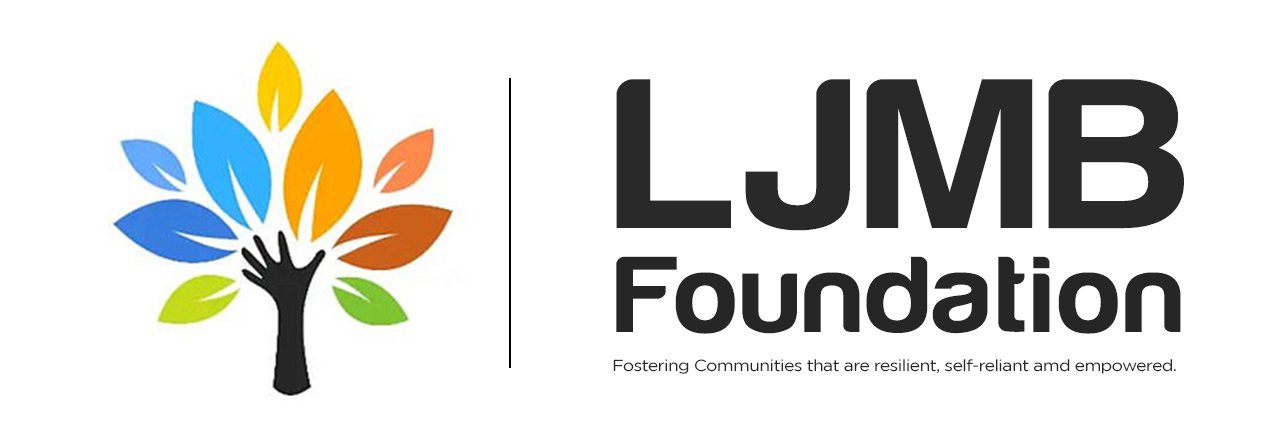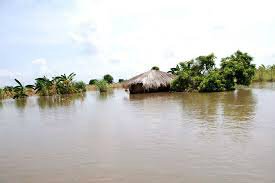The whole world is currently bracing itself for the impact of this year’s El Niño which is expected to be one of the strongest El Niño’s ever experienced. It is believed that though El Niño is a natural phenomenon that is supposed to happen now and then, its frequency and intensity is largely influenced by the increase in the level of atmospheric carbon dioxide and other greenhouse gases (Cobb 2013) which causes global warming. Over the last years, greenhouse gas emissions have been increasing due to a number of factors that has to do with an ever increasing population in the world which is hungry for energy and industrial products. The top greenhouse gas emitters in the world are China (28%), USA (16%), EU (10%), Russia (6%), and Japan (4%) while the rest of the world emits only 30% – note that this data is only for CO2 from fuel fossil combustion and other industrial processes from the year 2011. I took this data because CO2 makes up of 65% of all global greenhouse gas emissions (EPA 2015). Some people do not believe that the global warming is happening due to human factors though I personally lean towards the fact that our habits are in a way contributing to global warming and that is the stance that I am taking.
…Malawi…
Malawi is a country that relies heavily on Agriculture. The country’s major exports are the so called cash crops like tobacco, cotton, sugar, coffee and tea. Most families earn their living from farming on a small piece of land that has been in the family for years being passed on from generation to generation – customary tenancy. Statistics demonstrate that though 40% of land in Malawi is arable over 56% families hold less than 1 hectare (Reynolds 2000) which is usually not enough to produce food for the whole family.
Farming is normally done manually, using a hoe which is labour intensive. And it is done in the most conventional way, relying on rainfalls once per year – rain fed agriculture. We have the planting season at the beginning of the rainy season and the harvesting period at the end of the rainy season. Use of irrigation system or greenhouse farming is rare. No wonder it is impossible for most households to harvest enough produce to last them a full year.
…current situation….
On the ground, the effects of El Niño have already been spotted. Some districts in the country like Rumphi, Nkhatabay and Thyolo, have faced heavy rains which have had devastating impact on the communities as houses have been destroyed. At the same time, other areas in Malawi particularly in the central and southern region are facing dry spells (droughts). Both scenarios are not a good recipe for farming especially when practicing rain fed agriculture.
With too much water in some areas and poor sanitation systems, there is a danger of cholera outbreaks. Some districts, for example Zomba, Karonga and Nkhatabay have already registered cholera cases. Likewise an increase in malaria cases is inevitable when there is too much water because mosquitoes breed in stagnant waters. More about cholera and Malaria in Malawi will be discussed in my next articles.
Considering that the previous farming season was not the best for Malawi, the timing for this El Niño is definitely off. Due to droughts, dry spells and floods that the country faced last year, most farmers did not harvest enough. They are still trying to recover from that season only to be faced with one of the strongest El Niños ever. Top that with the current economic situation whereby inflation is really high and donors have withdrawn funds, life for the majority is literally unbearable. This is a trend that will be seen throughout this year though the government thinks that things will get better by May this year, a period for harvesting in the country. Personally, I am not that optimistic. There are too many factors hitting us from all sides. And they are just piling up on a fragile base already, what to say, that’s how it is.
…solution…
This is one of those scenarios where it is not easy to come up with a working solution because El Niño is already here and we cannot control it. We can just prepare ourselves to minimize its impact. I do not like to put the blame on others but considering the dire situation in which Malawi is currently facing, I would definitely ask the donor community to help us out. They are the ones emitting more greenhouse gases and yet the consequences are being felt all over the world. Call it a low jab, but it is the easiest and safest way to ease our pain at this moment. Let me thank those organizations and other donors who are already helping us out with this problem.
However, going forward we need to come up with strategies that will ensure self-sustainability and that will cater for these scenarios. There is a programme that the government has put in place for these cases to deal with climate disasters which I commend. That is a way to go. Hopefully this programme will save its purpose by being well implemented, led and resources utilized in an efficient and effective manner.
On the lower level, it is important to utilize our resources effectively and try to minimize greenhouse gas emissions.
Issues to do with farming, housing and sanitation should be revised. We need to stop relying on rain fed agriculture and try to do irrigation farming or greenhouse farming. Everyone should practice proper hygiene and sanitation practices. Building houses in flood prone areas should be stopped. In my next articles I will attempt to talk more about these issues dealing with farming, sanitation and housing as I believe that they need more elaboration – their own space.
…to a better and stronger Malawi…

